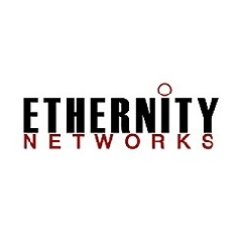While we have been promised 10 Gbps download speeds with 5G, an order of magnitude higher than its 4G predecessor, there are inherent challenges in 5G infrastructure. The major tradeoff of 5G technology is higher speed (bandwidth) at the cost of shorter range. 5G uses millimeter waves which reduces the signal reach from about a kilometer with 4G to 100 meters or less in 5G.
Because of this limitation, 5G requires up to 50 times more antennae than 4G does. In order to attain full coverage in China, for example, tens of millions of towers will need to be deployed.
This poses a serious question for 5G operators…
Ethernity Networks Ltd (LON:ENET) is a leading provider of networking and security software solutions on Field Programmable Gate Arrays (FPGAs), incorporated into SoCs, SmartNICs, and network appliances. Ethernity was founded in 2004 and has its technology deployed in over 600K systems worldwide, connecting over 100M end users.


